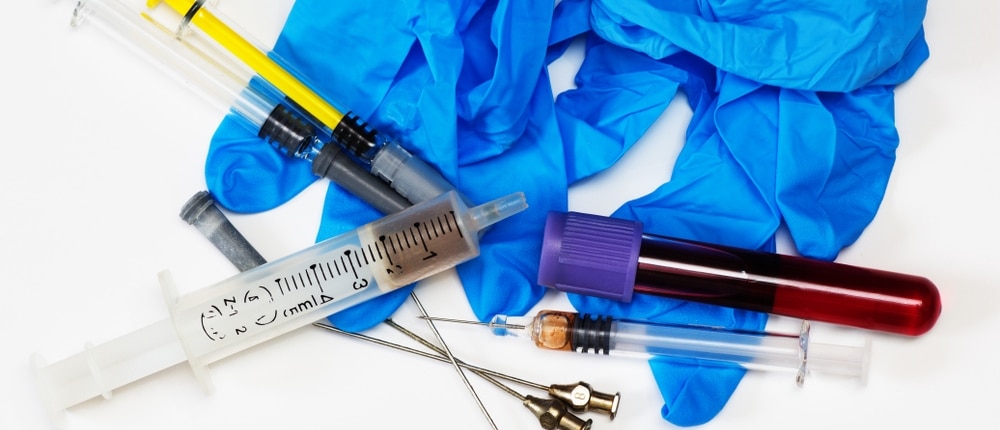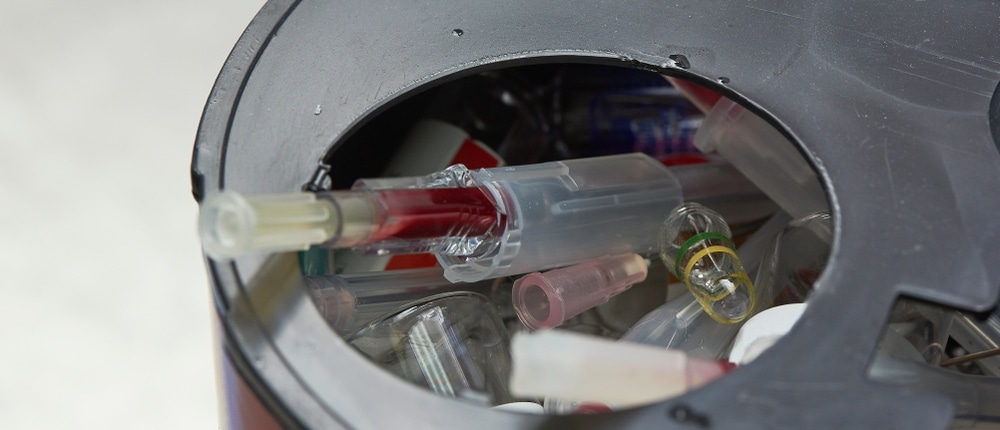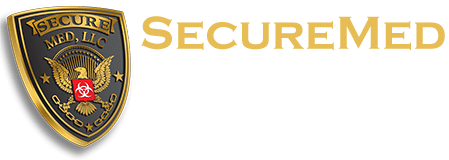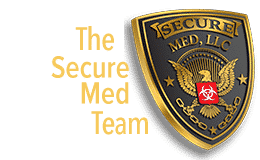
Biohazard Waste Disposal Regulations for Doctors’ Offices and Hospitals
Biohazard waste disposal is not a particularly glamorous or fulfilling aspect of running a doctor’s office or hospital, but it is a necessary part of the business. Medical facilities of all sizes must have a biohazard waste disposal plan in place to ensure compliance with state and federal regulations.
To determine which biohazard waste disposal regulations your facility must adhere to starts with knowing which category of waste generators it belongs to.
According to the Healthcare Environmental Resource Center, “In order to regulate the over 800,000 hazardous waste generators in the United States cost effectively, EPA in 1985 established three types of generators:
Conditionally-Exempt Small Quantity Generators (CE-SQG) who generate less than 100 kg of non-acute hazardous waste a month, less than 1 kg of acute hazardous waste a month (e.g. p-listed wastes such as epinephrine) and less than 100 kg of residues or contaminated soil, waste, and other debris from the spill cleanup of acute hazardous waste;
Small Quantity Generators (SQG) who generate between 100 kg and 1000 kg of non-acute hazardous waste a month, less than 1 kg of acute hazardous waste a month, and less than 100 kg of spill residue from acute hazardous waste; and
Large Quantity Generators (LQG) who generate 1000 kg or more of non-acute hazardous waste a month, 1 kg or more of acute hazardous waste a month, and 100 kg or more of spill residue from acute hazardous waste.”
It goes on to say, “A hospital’s generator category is determined at the facility level not the building or clinic level. Thus, if your clinic is producing less than 100 kg a month of non-acute hazardous waste but the military base that your clinic is part of produces more than 1000 kg a month of non-acute hazardous waste, your clinic will have to comply with the large quantity generator requirements. This is an important point and a violation that exists at many hospitals. The RCRA definition of a facility is all contiguous land, structures, and appurtenances under the control of the same owner or operator.”
Regulated biohazardous waste disposal requires careful attention from start to finish. Other regulations include reporting, quantity limits, time limits, storage, emergency planning, personnel training, inspections, transportation, record keeping and reporting. For more information on these topics, visit the Healthcare Environmental Resource Center.

The Center for Disease Control offers these statements regarding biohazard waste disposal management:
- Both federal and state regulations address the safe transport and storage of on- and off-site regulated medical wastes.
- Health-care facilities are instructed to dispose medical wastes regularly to avoid accumulation. Medical wastes requiring storage should be kept in labeled, leak-proof, puncture-resistant containers under conditions that minimize or prevent foul odors. The storage area should be well ventilated and be inaccessible to pests.
- Any facility that generates regulated medical wastes should have a regulated medical waste management plan to ensure health and environmental safety as per federal, state, and local regulations.
- Regulated medical wastes are treated or decontaminated to reduce the microbial load in or on the waste and to render the by-products safe for further handling and disposal… State medical waste regulations specify appropriate treatment methods for each category of regulated medical waste.
According to the Center for Disease Control, “Of all the categories comprising regulated medical waste, microbiologic wastes (e.g., untreated cultures, stocks, and amplified microbial populations) pose the greatest potential for infectious disease transmission, and sharps pose the greatest risk for injuries.”
Sharps containment is one of the major concerns in biohazard waste disposal. Improper disposal of needles and other sharps can pose great health and environmental risks. Protecting employees, patients and the public from accidental injury from a contaminated sharp should be a priority. Protocol and practice for handling and disposal of sharps should be consistent. One of the most basic and effective ways to avoid risk is by using appropriate disposal containers.
“Puncture-resistant containers located at the point of use (e.g., sharps containers) are used as containment for discarded slides or tubes with small amounts of blood, scalpel blades, needles and syringes, and unused sterile sharps,” according to the CDC.
One way to ensure that your hospital or doctor’s office is compliant with these many regulations is to hire a biohazard waste disposal company. Secure Med can give you the ultimate peace of mind knowing that the utmost care is being taken to ensure that regulated medical waste from your facility won’t cause injury or environmental contamination.
We provide our customers with red bags and containers for free as part of our “everything’s included, no hidden fees” pricing policy. We carry a complete line of Sharps containers to meet your needs, including everything from 1-gallon to 17-gallon containers and will work with you to determine which containers will best fit your medical waste stream needs. Contact Secure Med today for a free quote!







